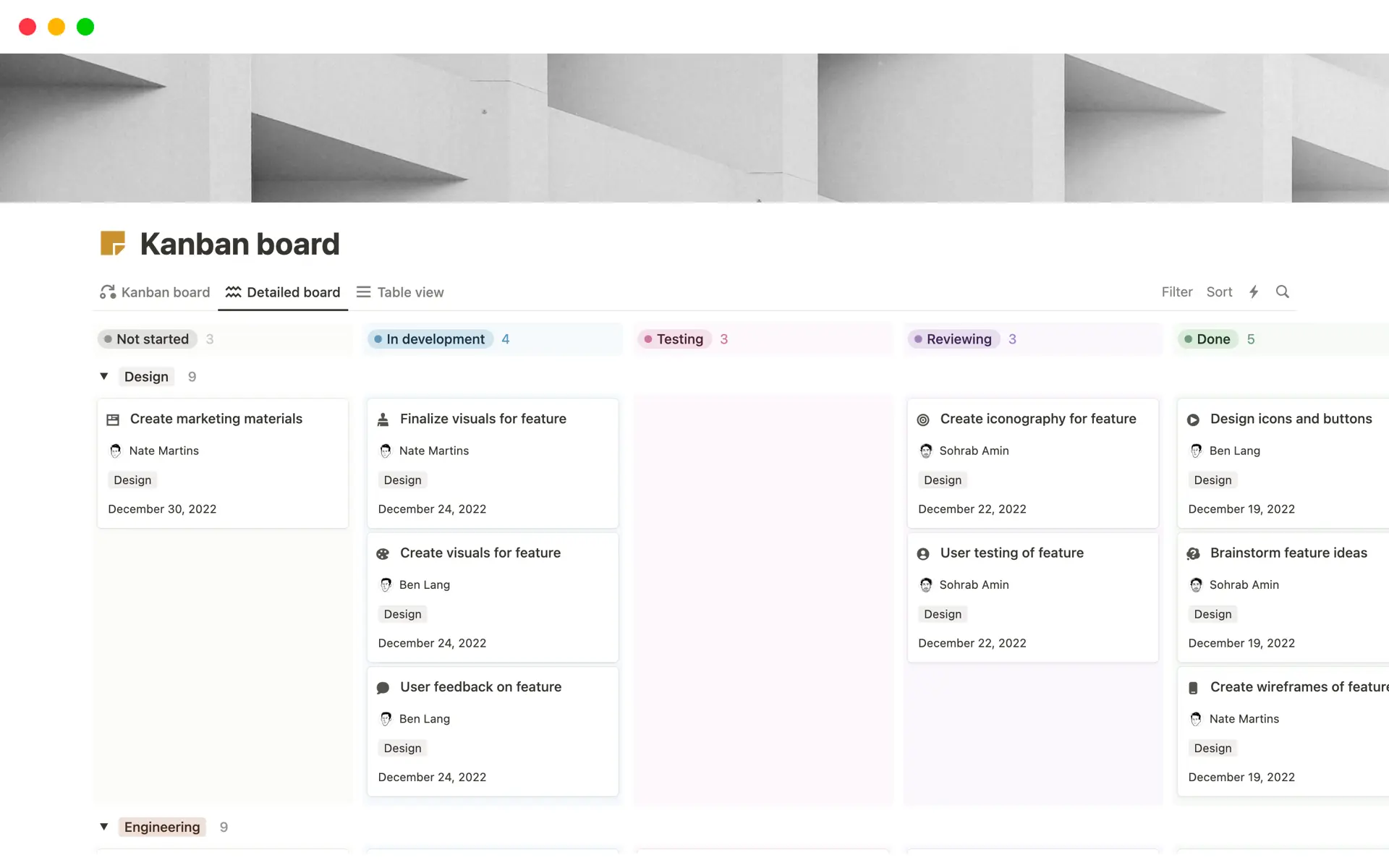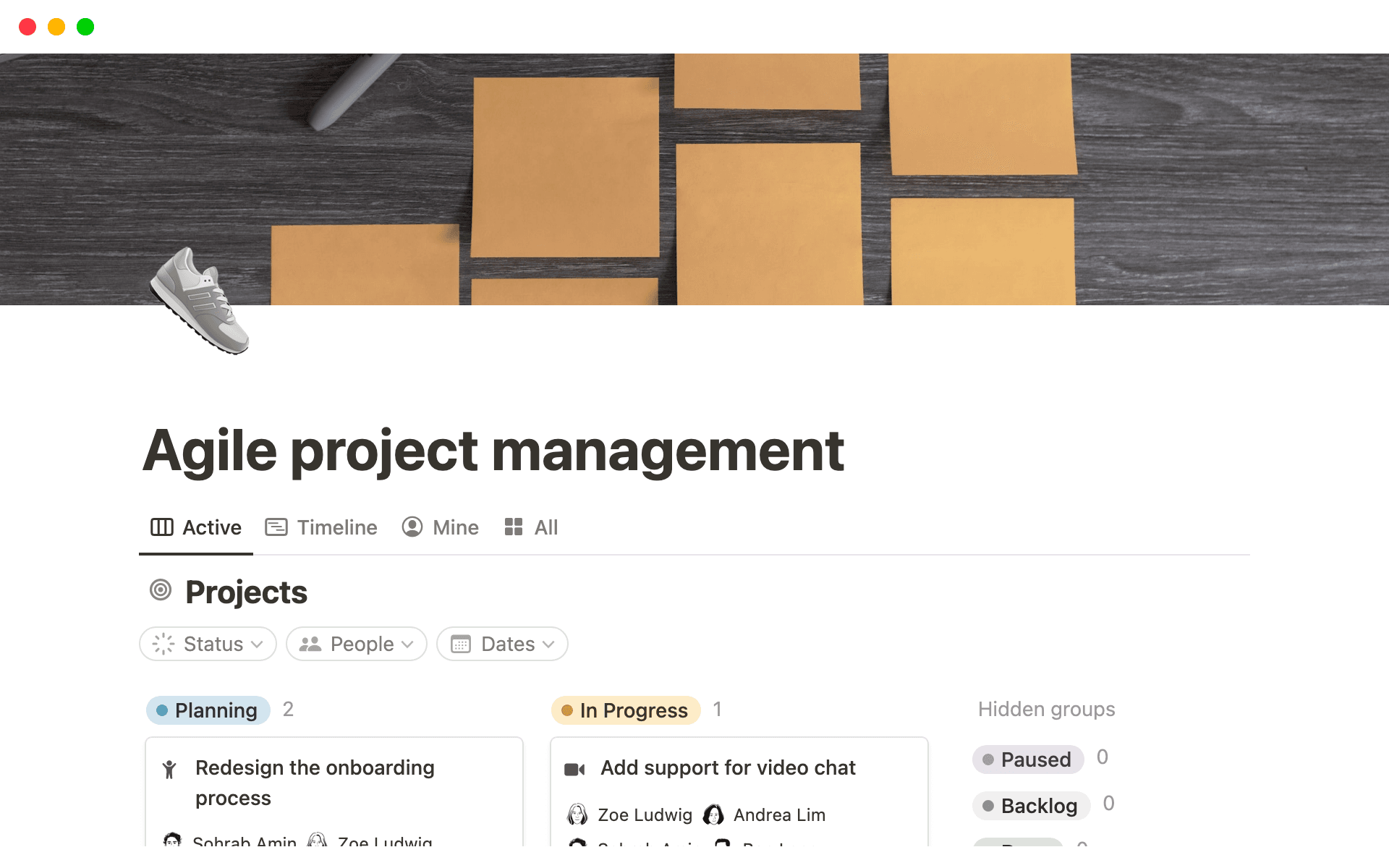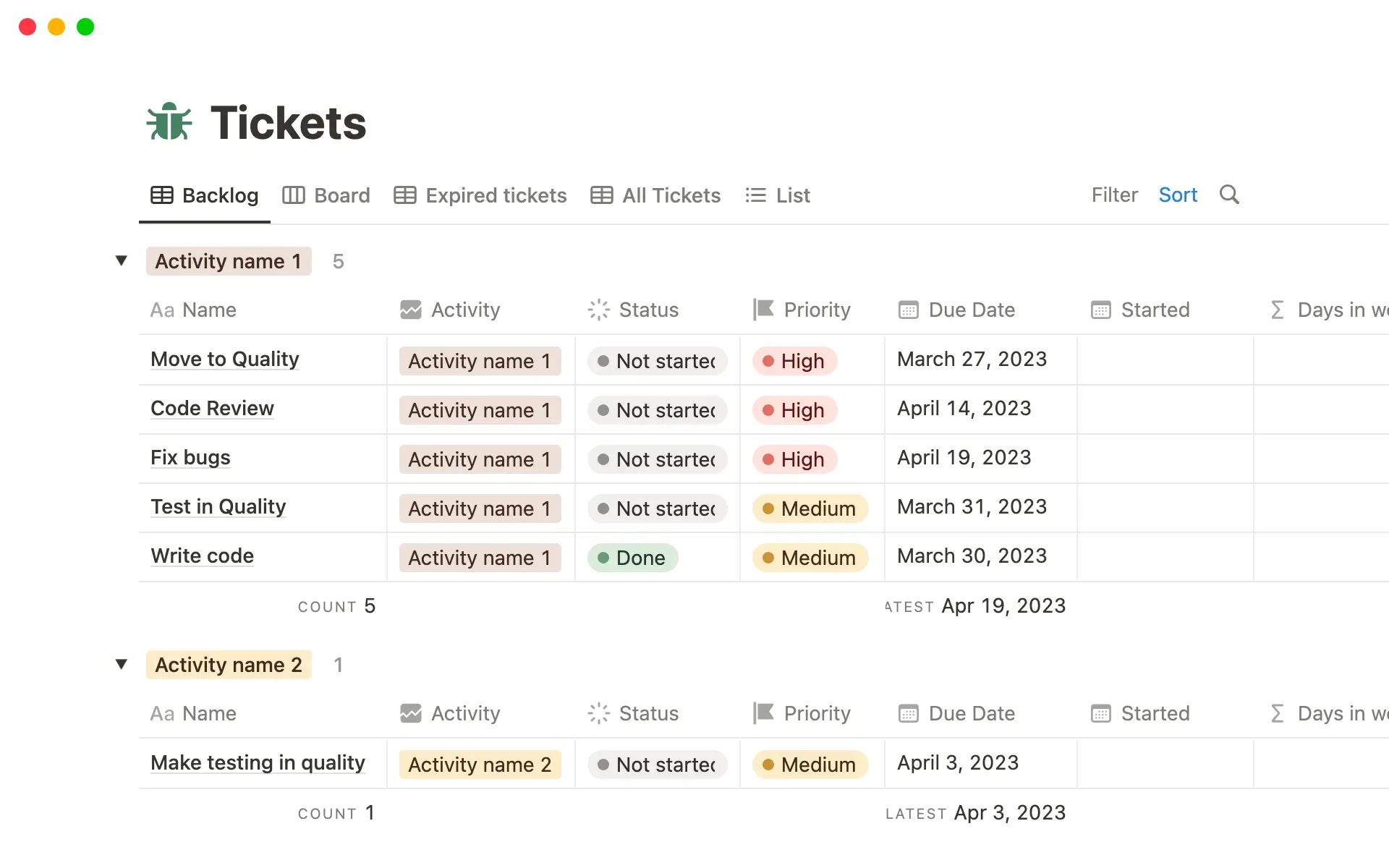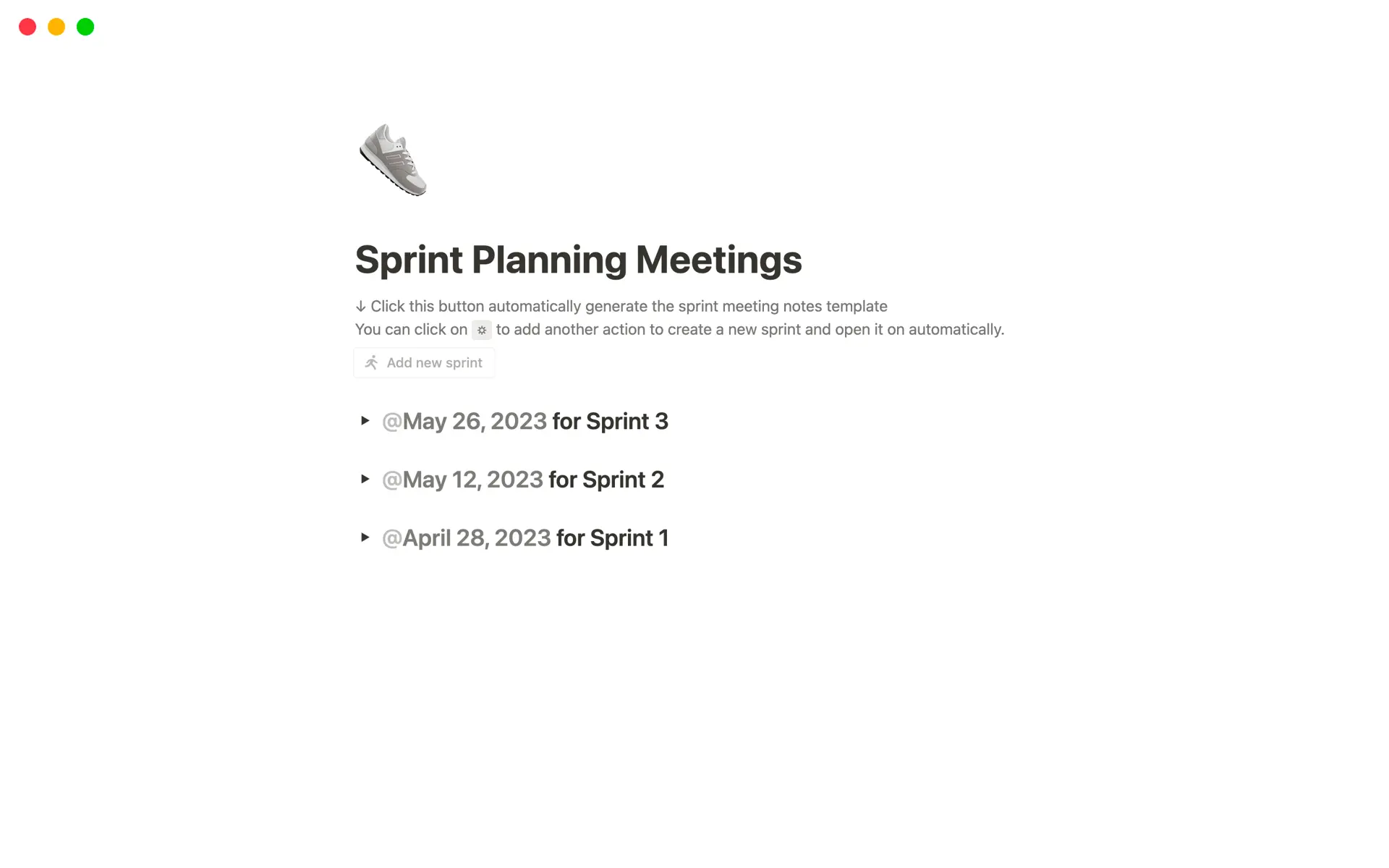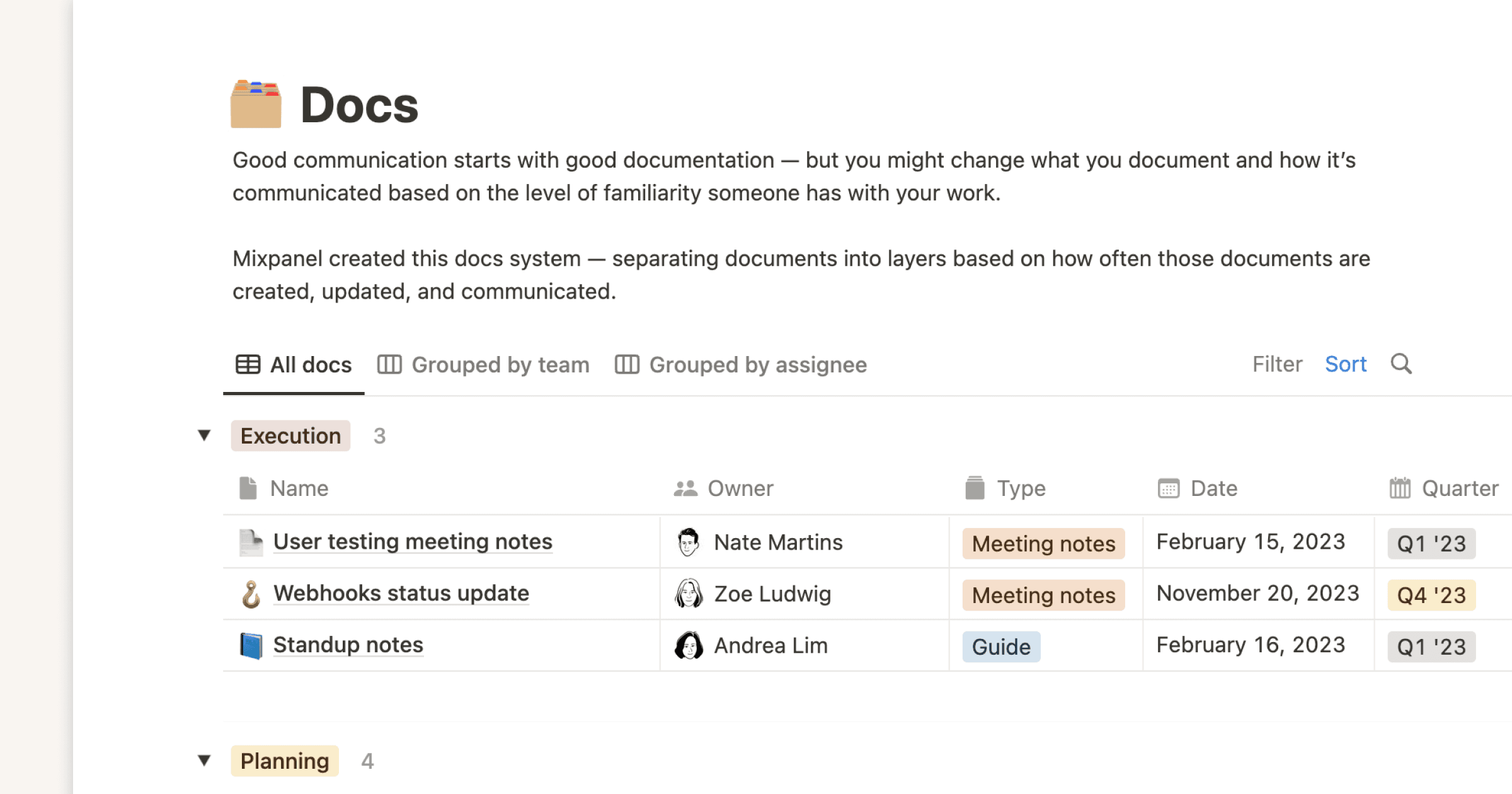Projects are marathons. You determine a final output as a proverbial finish line and must then chart a route to achieve your goal.
A long-distance runner could offer a valuable lesson for a project manager (PM): If you break the project into smaller pieces, an overwhelming amount of work can seem more feasible. It’s the same logic as thinking about a long race as a countdown of miles.
Teams working in sprints plan and organize tasks in units instead of trying to take on all project to-dos at once. The effect of this way of working is a better-organized project with iterative outputs that help teams feel constantly proud of their advances and keep clients satisfied with the progress.
What is a sprint?
A sprint in Agile is a time-bound work iteration, generally lasting 1–4 weeks, in which a team completes a certain amount of project tasks. In the Agile project management framework, the tasks in an Agile sprint often lead to the completion of a functional feature.
Say a team is developing a new website. The group would divide the work of creating the site into tasks, which they’d add to a to-do list called a “project backlog.” Then the team would move tasks from the to-do list into sprints — perhaps leveraging one sprint to create the website’s shell and another to focus on the page's interface.
Key Agile terms every project manager should know
As a unique methodology, Agile has a proprietary set of terms to describe its processes. Here are a few important words anyone who wishes to run Agile sprints in project management needs to know:
User story
A user story describes the “Why” behind the creation of any feature. Teams write user stories to better understand the needs of the person who’ll use the end product.
User stories generally follow this format: “As a [type of user], I want to [action] so I can [goal].” A software development team working on a website might write, “As an online shopper, I want to compare pricing on several items at once so I can make an informed purchase.” This user story would then guide the creation of features that align with this need.
Backlog
A backlog, or a product backlog, is the to-do list for a project and contains all tasks. Teams should categorize tasks by the type of work they entail (i.e., design or coding) and prioritize them based on importance. Before new sprints, leaders can perform backlog grooming to check whether task priorities remain the same and add and remove tasks.
Story point
Story points are scores that teams assign to tasks, denoting the “weight” of the action. This weight reflects a combination of time, resources, and efforts that the completion of a task implies and the projected impact of that task.
Higher ratings mark “heavier” tasks. This means that an activity that requires much time and effort (and likely offers a beneficial payout) receives more story points. As teams decide how much to take on in a sprint, they can use story points to guide task assignments and ensure they schedule a reasonable amount of work.
Stand-up meeting
A stand-up meeting, sometimes called a Scrum ceremony, is an express daily gathering that teams hold before starting work. Each member explains what tasks they’re working on and bring up any roadblocks that are keeping them from doing their work. This allows teams and project managers to better visualize progress, and PMs can help employees clear obstacles so they can work efficiently.
The benefits of Agile sprints
The Agile method has earned its beloved reputation for a reason — actually, several of them. Let’s explore three ways Agile sprints benefit projects. Sprints:
Align teams — the Agile methodology promotes transparency, and sprints carry that spirit. Teams collectively decide what work to take on in a sprint, set limits on what they can achieve, and check in with one another daily to monitor progress and offer a helping hand where possible.
Bring satisfaction — it can be disheartening to work through a project without seeing the finish line or ticking off milestones. Since sprints often roll out a completely new feature, teams and external stakeholders can take satisfaction in watching whole pieces of the finished project take shape.
Mitigate risk — since sprint planning encourages teams to only take on the work they can realistically complete with the resources they have, the act prevents burnout and asset shortages that could negatively impact the project. And because teams constantly monitor progress, they can quickly identify obstacles, clear them, and keep work moving, instead of realizing there are problems once it’s too late.
How to plan an Agile sprint
There are three central phases to Agile sprint planning: review, estimation, and allocation. Each stage implies sub-phases, but here are the basics of the pre-Agile sprint process.
1. Review
Hold a sprint planning meeting and review the product backlog. Groom the log, filtering tasks that are no longer relevant or represent features the client doesn’t want. Check for duplicate work and review priorities, ensuring that the top tasks deserve to be high on the list.
Have the team consider whether the story points they initially assigned to tasks remain accurate. While working on a project, groups sometimes realize they’d been over- or under-estimating the weight of tasks and need to reassess them before future sprints.
2. Estimation
Estimate how much the team can perform in the upcoming sprint. Teams with experience working together generally know how many story points they can comfortably complete in a sprint.
Sometimes, though, estimations depend on variables like team members’ having other work (i.e., routine admin) or a colleague being out of the office. Before each sprint, teammates must consider their bandwidth, set objectives and a story-point limit for the sprint, and provide insights on past obstacles that might help the group work more efficiently this time around.
3. Allocation
Move tasks from the backlog to the sprint calendar and assign them to team members. Many teams use project planning tools, like Kanban boards, Gantt charts, and burnup and burndown charts, to visualize the work ahead. Teammates must help project managers schedule tasks, as doing so fosters clarity and accountability from those who will perform the work. Plus, they have the expertise to know how much can get done in a given timebox.
Agile sprint best practices
Sprints aim to drive efficiency and product results, so your team will want to get a sprint right on the first try. Here are a few best practices that can seal your success:
Define tasks well — designing a website, for example, is far too large a task as it encompasses tens of others. Break tasks into the smallest possible unit before adding them to the backlog and assigning story points.
Rely on metrics — many project planning tools contain sprint metrics teams can use to monitor progress and gather valuable data for the next iteration of work. For instance, if the data shows your team performs fewer story points than projected in a sprint, you should scale back to a more feasible number in the next round.
Expect the unexpected — the problem with packing tasks into a sprint, no matter how well you consider their relative effort against the timeline, is that you might not figure in time for setbacks. Plan for the unexpected, like a failed software feature your team will need to debug, and build free time into the sprint.
Start sprint planning with Notion
Notion supports teams that want to run more efficient projects and level up their communication. As such, we offer a variety of guides and templates that can help groups plan smoother, more collaborative work.
The Agile-minded can check out Notion’s template for this project management style, learn how to root out future issues by holding a retrospective meeting, and sprint plan for specific work, like engineering.

